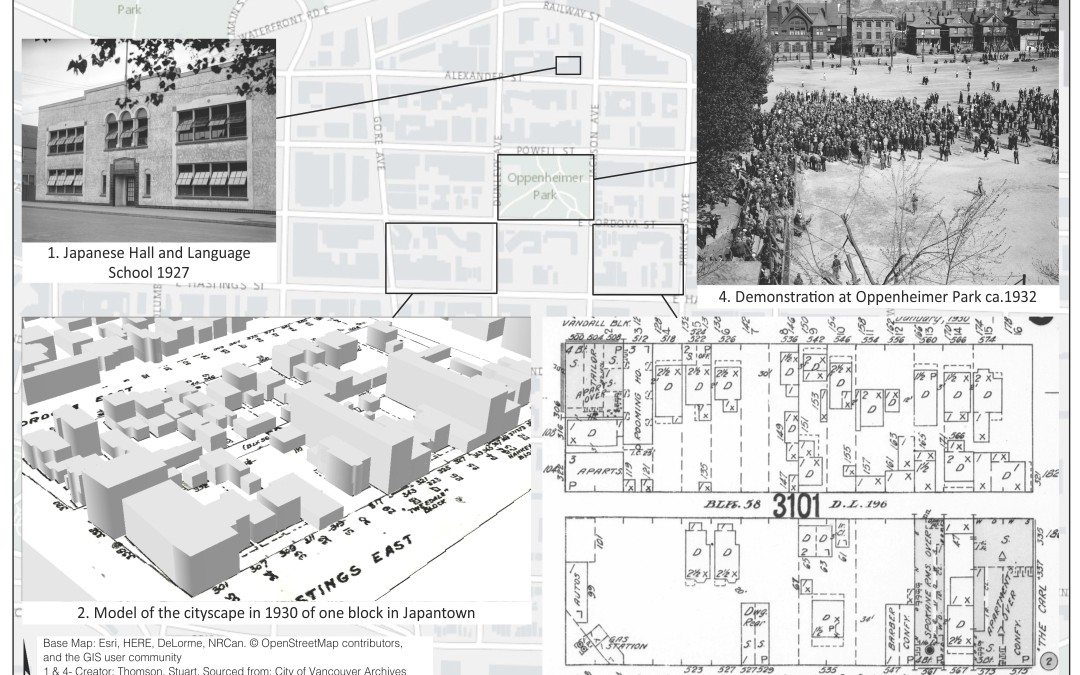Landscapes of Injustice: Preliminary Returns of Partnered Research
When the government uprooted 22,000 Japanese Canadians from coastal British Columbia, it also began the forced sale of their property, a major policy in its own right. Because of the dispossession, displaced Japanese Canadians had no homes to which to return in 1949 and historic immigrant settlements disappeared. The dispossession caused lasting harm to individuals, communities, and the wider province.
The Landscapes of Injustice project team will present a panel at the upcoming BC Studies Conference, From Exclusion to Inclusion: Forging a Multicultural Identity in British Columbia May 7-9, 2015 at the Kwantlen Polytechnic University, Melville Centre for Dialogue in Richmond, BC.
They will present initial findings of this 7-year multi-sector and interdisciplinary research project after completing one year of research in the spring of 2015. The panel aims to inform the wider research community about their work and to solicit useful feedback as they begin a second summer. In keeping with an emphasis on feedback, presentations will be brief (10 min), and a scholar from outside the project, Laura Ishiguro, will offer a critique aimed to open discussion.
Chairs: Beth Carter (Project Introduction); Nick Blomley
Discussant: Laura Ishiguro, UBC
Paper 2: Land Titles and the Material History of Dispossession
Jordan Stanger-Ross and Sarah Fitterer
This research cluster uses land title and transfer research to detail the material impacts of the dispossession in Vancouver (the first of four sites of study). They trace the dispossession within the Powell Street neighborhood, situate the well-known enclave within its wider surroundings, and ask who benefited from the dispossession.
Paper 3: GIS: The Uses of GIS and Geovisualization in the Landscapes of Injustice Project
Sonja Aagesen, Samantha Bets, Jacqueline Clare, and Reuben Rose-Redwood*
This presentation highlights how GIS and geovisualization methods are being used as part of the Landscapes of Injustice project to examine socio-spatial changes in the Powell Street neighbourhood during the twentieth century through the digitization of historical maps, the development of a temporal map animation, and the construction of an interactive 3D virtual environment.
* presented by Sonja Aagesen and Samantha Bets
Paper 4: Integrating Landscapes of Injustice: A Technical Perspective
Martin Holmes
The Landscapes of Injustice project draws on a wide range of different data sources from a variety of different communities and archives. Drawing on the data from the two clusters that presented data as well as other areas of research, the team explores the technical challenges and solutions of a project of this kind.

